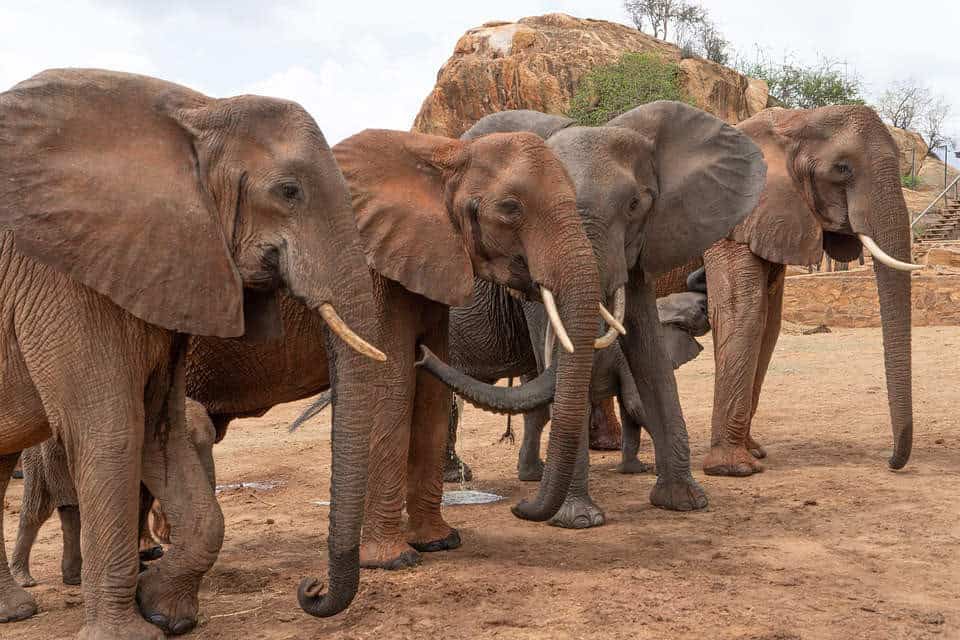In the heart of a sprawling wildlife sanctuary, a rescued elephant named Yatta is not just living; she’s thriving, symbolizing hope and inspiration for global conservation efforts. Once a victim of poaching, Yatta’s remarkable recovery and subsequent role as a conservation ambassador highlight the transformative power of sanctuary and the potential for coexistence between humans and wildlife.

Yatta’s story begins with her rescue as a young calf, found wandering alone and traumatized after poachers tragically killed her mother. Brought to a renowned wildlife sanctuary, she received critical care from dedicated conservationists, whose efforts were aimed not only at healing her wounds but also at reintegrating her into elephant society.

Over the years, Yatta grew into a strong, confident matriarch within the sanctuary’s elephant herd. Her journey from a fragile, orphaned calf to a leader has been nothing short of inspirational. As a matriarch, Yatta plays a crucial role in teaching younger elephants essential survival skills, such as foraging, bathing, and socializing, which are critical to their development and survival in the wild.

Moreover, Yatta’s presence in the sanctuary has provided a unique opportunity for scientists and conservationists to study elephant behavior, social structures, and the long-term impacts of rehabilitation on wild animals. The insights gained from observing her interactions and growth have informed broader conservation strategies that can be applied to other endangered species, illustrating the importance of such sanctuaries in wildlife research and conservation.

The sanctuary not only serves as a safe haven but also as an educational hub, where visitors from around the world can learn about the challenges facing elephants and the importance of conservation efforts. Through guided tours and interactive sessions, guests witness firsthand the majestic presence of elephants like Yatta and learn about the critical role these creatures play in their ecosystems.

Yatta’s story has transcended geographical boundaries, sparking conversations about wildlife conservation across the globe. She has become a living emblem of the impact of poaching and habitat loss on elephants, driving home the urgency of addressing these issues. Her resilience and recovery are used to promote anti-poaching campaigns, habitat restoration projects, and global wildlife protection policies.

The ripple effect of Yatta’s influence is evident in the increased funding and support for the sanctuary and similar conservation initiatives. She has helped to raise awareness and foster a deeper connection between the public and the plight of elephants, encouraging more people to support or engage in conservation activities.

In conclusion, Yatta’s life story is a testament to the resilience of nature and the profound impact of dedicated wildlife conservation. Her role as an ambassador for her species emphasizes the interconnectedness of all living beings and the collective responsibility to protect our planet’s biodiversity. Through her inspiring journey, Yatta continues to contribute to a legacy that will benefit wildlife conservation for generations to come.





